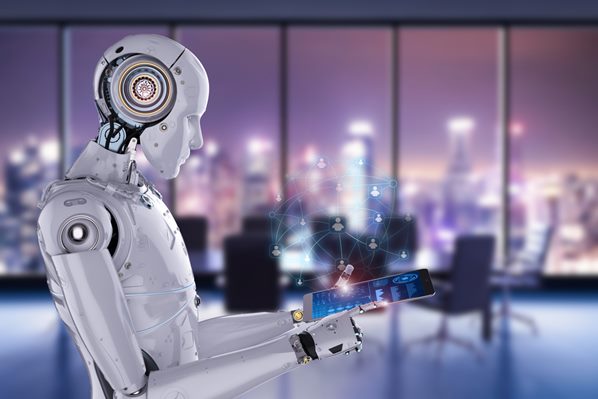
With the advent of advanced technology, the marketplace is witnessing the emergence of machine customers: non-human entities that autonomously engage in transactions much like humans do, from purchasing goods to utilizing services.
Characteristics of Machine Customers
Machine customers are distinguished by their ability to make decisions based on real-time data and adjust their actions over time, rather than simply following a set of preprogrammed instructions.
This evolution prompts a pressing question for businesses and service providers alike: how to adapt and cater to these new customers whose behaviors and decision-making processes are ruled by algorithms?
As machine customers differ profoundly from their human counterparts in how they make decisions and interact, businesses face the challenge of understanding and orchestrating customer experiences that cater to these automated entities.
The integration of machine customers necessitates a shift from traditional customer service paradigms that prioritize human emotions and relationships toward an approach that emphasizes seamless, efficient, and unambiguously logical interactions.
Providers must also become adept at navigating the unique demands of serving machine customers, recognizing the commercial and operational impacts that they bring. Understanding these implications is crucial, as the presence of machine customers is growing and will potentially reshape markets and how businesses approach customer service and experience.
Machine customers possess the ability to autonomously engage in transactions, even when these actions are not predefined by human operators. For example, they can autonomously purchase goods and services, reflecting an evolving understanding of customer preferences and market dynamics.
Their decision-making is based on analysing a large spectrum of data inputs and machine learning models which allow them to adapt their behavior as they accumulate experiences over time.
Evolution from Traditional Customers
The transition from traditional to machine customers represents a significant shift in how transactions are handled in a business context.
Traditional customers, or human customers, based their purchasing decisions on a mixture of emotional and rational considerations. By contrast, machine customers operate on a basis of logic, often with clear objectives such as cost reduction or efficiency maximization.
Their evolution signifies a move towards transactional processes that emphasize problem-solving capabilities and objectives-driven actions.
CX Rockstar James Dodkins on the Rise of Machine Customers
Technological Infrastructure for Serving Machine Customers
The rise of machine customers necessitates a robust technological infrastructure that ensures seamless transactions, security, and communication compatibility. Below are specific components that facilitate service to this new type of clientele.
Connectivity Standards
To effectively serve machine customers, connectivity standards must be established to ensure that machines can communicate with business services without interruption.
For instance, 5G networks and IoT protocols such as MQTT (Message Queuing Telemetry Transport) are critical for real-time data exchange. These technologies enable machine customers to perform transactions and interact with services at high speeds and with low latency.
Data Security Protocols
Machine customers will be handling sensitive tasks, requiring strict data security protocols.
Encryption techniques like TLS (Transport Layer Security) and robust authentication methods are essential to protect the integrity of transactions. Data privacy regulations, such as GDPR, must also be adhered to, ensuring that machines handle personal data with the same level of protection as human-operated systems.
Interoperability Requirements
Finally, interoperability requirements are crucial for machine customers to function across various platforms and services.
Standards such as OpenAPI Specification (OAS) allow for clear communication between different systems, while universal APIs enable machines to access a wide range of services without the need for custom integration efforts. Interoperability ensures that machine customers can be versatile participants in the economy, engaging with numerous providers and services.
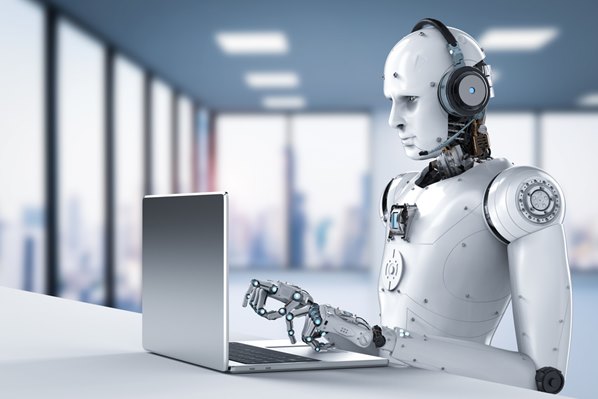
Service Framework for Machine Customers
The transition to serving machine customers necessitates a reimagining of service processes. These entities demand interfaces and support systems distinctly tailored to their non-human methods of operation and communication.
Automated Service Interfaces
Automated service interfaces are paramount for machine customers as they provide clear, logic-based access points for machines to engage with services.
These interfaces must be capable of handling transactions autonomously and allow for seamless integrations. The use of APIs is a core component, enabling machines to retrieve information, execute actions, and update statuses without human intervention.
Customization and Adaptability
Machine customers require a level of customization and adaptability in services that can accommodate a variety of protocols and learning algorithms.
Services must be designed to adapt dynamically to a machine’s evolving preferences and its operational environment. For example, services that cater to machine-driven decisions should factor in the machine’s ability to process large data sets rapidly and apply changes to its algorithms in real-time.
Real-Time Support Systems
Finally, real-time support systems are essential in a framework designed for machine customers.
Given the constant and instantaneous nature of machine processing, support mechanisms must provide immediate responses to queries or issues, utilizing transparent decision-making processes. Leveraging machine learning to predict potential problems before they occur can greatly enhance the efficiency and reliability of these systems.
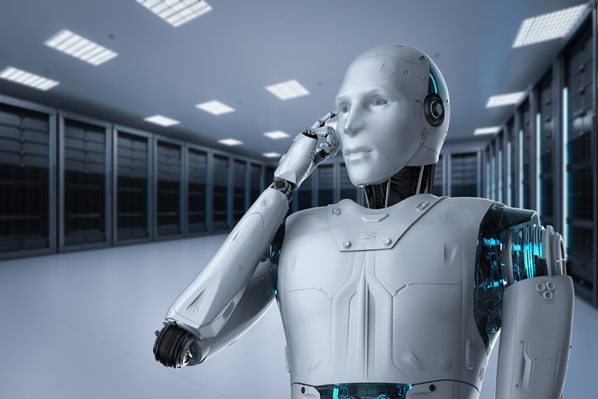
Challenges and Considerations
As businesses prepare for the integration of machine customers, they face multifaceted challenges and considerations that are critical to a sustainable and ethical engagement with these non-human entities.
Ethical Implications
The rise of machine customers reshapes the ethical landscape of business practices.
These entities operate autonomously, making decisions based on logic and predefined rules. Businesses must ensure that the algorithms guiding them align with societal values and ethical norms to prevent biases and unfair outcomes. The use of AI in customer interactions demands a high degree of transparency.
Legal and Regulatory Compliance
Adhering to legal standards is a significant concern when serving machine customers.
It involves navigating a complex web of laws that may not be fully developed to address the nuances of AI-based transactions. Businesses must focus on compliance with existing regulations while also anticipating future legal shifts that might necessitate adjustments in how machine customers operate and engage in commerce.
Privacy Concerns in Machine Interactions
Handling data security and privacy is a paramount concern in transactions with machine customers.
The vast amount of data processed by AI systems must be protected to maintain customer trust and comply with privacy laws. The integration of machine learning must be managed responsibly to uphold data integrity and confidentiality.
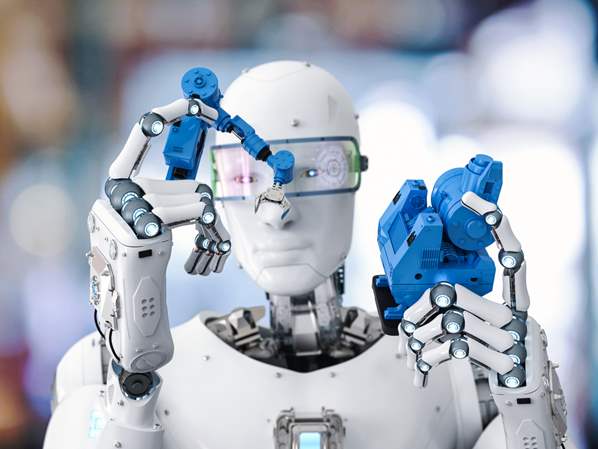
Some Industry Examples
Machine customers are reshaping how businesses interact with transactional processes. This section explores concrete examples across various industries where machine-driven purchasing is becoming increasingly prevalent.
Retail Sector Innovations
In the retail industry, machine customers are revolutionizing inventory management through systems like the Staples Easy System, which allows for automatic reordering of office supplies.
These innovations ensure that stock levels are maintained efficiently, reducing the risk of overstocking and shortages.
Manufacturing and Predictive Maintenance
Manufacturing is being transformed by IoT and AI, which enable machines to predict when maintenance is needed. This predictive maintenance avoids downtime and saves costs.
For instance, sensors in manufacturing equipment can detect wear and tear and autonomously order replacement parts, as part of a self-healing manufacturing model.
Automotive Industry Advancements
Autonomous vehicle systems from companies like Google, Tesla, and Toyota represent a significant leap forward.
These vehicles themselves can act as customers, deciding on maintenance schedules, route optimization, and even entertainment subscriptions. These advancements not only increase vehicle efficiency but also open up new revenue streams for related services.
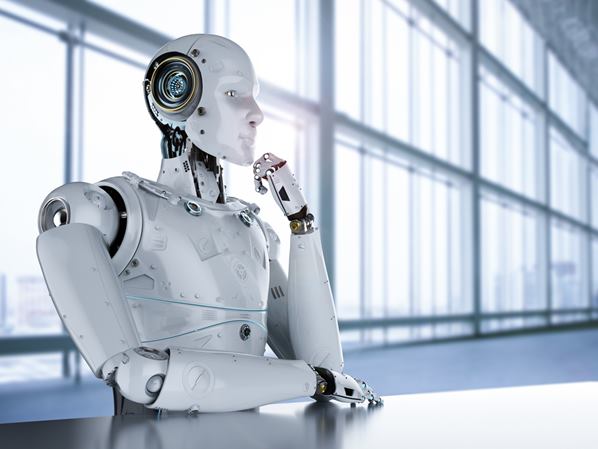
Future Perspectives in Serving Machine Customers
As businesses anticipate substantial transformation, they must adapt to the emergence of machine customers, focusing on the expansion of new markets, the evolution of customer service roles, and a redefined approach to long-term strategic planning.
Potential Market Growth
The advent of machine customers has opened up a significant growth sector.
By 2030, it’s predicted that a considerable proportion of purchasing decisions will be made by automated systems. Companies are thus preparing to cater to these non-human entities that make choices based on algorithms and preset criteria.
Evolving Customer Service Roles
Customer service must evolve in tandem with these new purchasers.
Service professionals will likely shift toward roles that support and maintain AI decision-makers, focusing on technical troubleshooting, system optimization, and ensuring transparency in machine-driven decisions. The depth of their knowledge must expand to include an understanding of artificial intelligence, data analysis, and machine learning processes.
Long-Term Strategic Planning
Strategic planning must now incorporate scenarios involving machine customers. Businesses will need to forecast and strategize for a future where AI-powered systems influence customer behavior.
This will necessitate a balance between human preferences and machine efficiency. Planning will emphasize data privacy, ethical considerations, and the integration of machine-friendly interfaces into business models.




